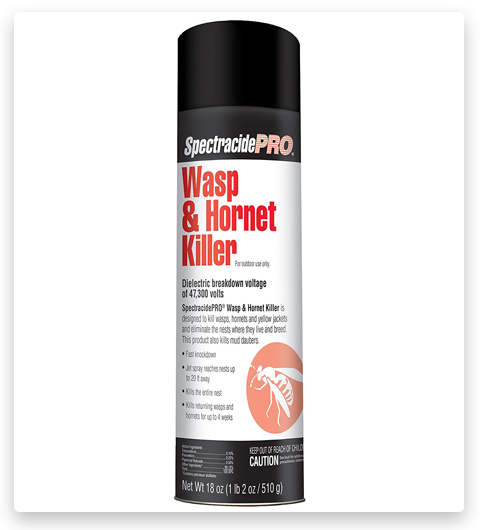

And don’t think you can jump in a pool and hide from them. In other words, make sure you have run at least this far before you give up running.

This is about 1 and a 1/2 football fields. Where the average bee will typically give up chasing a perceived threat after 50 yards or less, Killer Bees have been known to keep coming after 150 yards. The average adult can run this fast – especially if they are being chased – and a straight path away from the swarming bees is the best method to rid yourself of them should you become a target. Adult bees can fly as fast as 12-15 miles per hour. And if Killer bees are attacking, the best mode of protection is to run as fast as you can and for as long as you can. In fact, it is suggested that you do not knowingly walk within 50 feet of any nest. For some reason this specie of bee will not tolerate such behavior.

However, this would not be advisable had the nest been active Killer bees. The author has been within a few feet of them on many occasions and has never felt threatened nor has he been stung. Approaching a common honey bee hive is not suggested but can generally be done without much risk. First and foremost, they seem to be much less tolerant of any threat to their nest. Killer bees are very different from your average species of honey bee for many reasons. Though they will probably move inward and off the coast as well, their intolerance of cold weather will keep them from reaching further up north. It is expected that at some point they will be found in Louisiana, Alabama, Georgia, Florida, the Carolinas and even Virginia. However, based on their movement patterns since being first identified in the United States back in 1990, Killer bees will at some point migrate around the southern coastal states. At this pint in time, Killer bees have been identified in California, Arizona, Texas and New Mexico. Because of this aggressive nature, it would be wise to forego any conflict with bees in general – especially in states where Killer bees have been found. Africanized bees have been named “killer bees” because they can display a fierce and aggressive behavior not commonly seen with native bees. These differences are worth noting and should not be taken lightly. Furthermore, their behavior just before or during a conflict is much different then the more common honey bee. However, Africanized bees are more likely to conflict with people. When such nests are on the move or when they decide to live close to man or domestic animals, conflict is inevitable.Īfricanized Honey Bees are very similar to their European cousins. Though most average 10,000 to 20,000 bees, it is not uncommon for nests to reach numbers in excess of 50,000. These orders control the workers and drones and keep a sense of balance and purpose within the social structure of the hive. Clearly in charge and responsible for the overall behavior of the nest, queens use chemicals and pheromones to communicate the orders of the day. Nests are comprised of three castes queens, workers and drones. The hive, constructed of bees wax and shaped in honey combs, is used to house, feed, store food and raise the nests occupants. They don’t “disappear” or “hibernate” like many other bees or wasps. In case this is not what you’re looking for, we also have in depth articles on: BUMBLE BEES CARPENTER BEES DIGGER BEES LEAF CUTTER BEES MASON BEES Closely related and similar biologically, these two species have some very important differences which has made honey bee management a concern for many land owners throughout the southwestern region of the United States. The European Honey Bee is the species most prevalent in the United States though the Africanized Honey Bee seems to get all the press. Clearly the single biggest pollinator, many plants would simply disappear from the landscape if it weren’t for the flight and food gathering behavior of honey bees. Honey Bees are amongst the most important insects on planet earth.
BEE KILLER HOW TO
TREE BORERS – HOW TO IDENTIFY THEIR DAMAGE.SOLAR POWERED GROUND STAKE REPELLER REBOOT.POLES, SNAKE TONGS, GRABBERS AND OTHER MISC.INSECTICIDES: SCALP (FOR USE ON PEOPLE).INSECTICIDES: BACTERIA BASED (BACILLUS THURINGIENSIS).BAIT, GRANULE AND LIQUID STATIONS (EMPTY STATIONS).


 0 kommentar(er)
0 kommentar(er)
